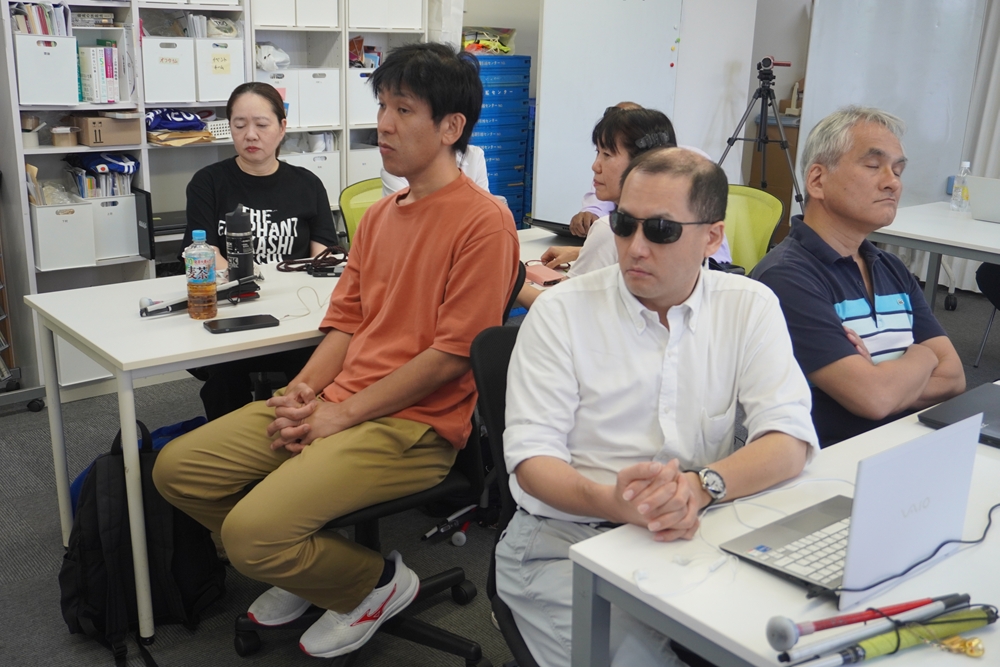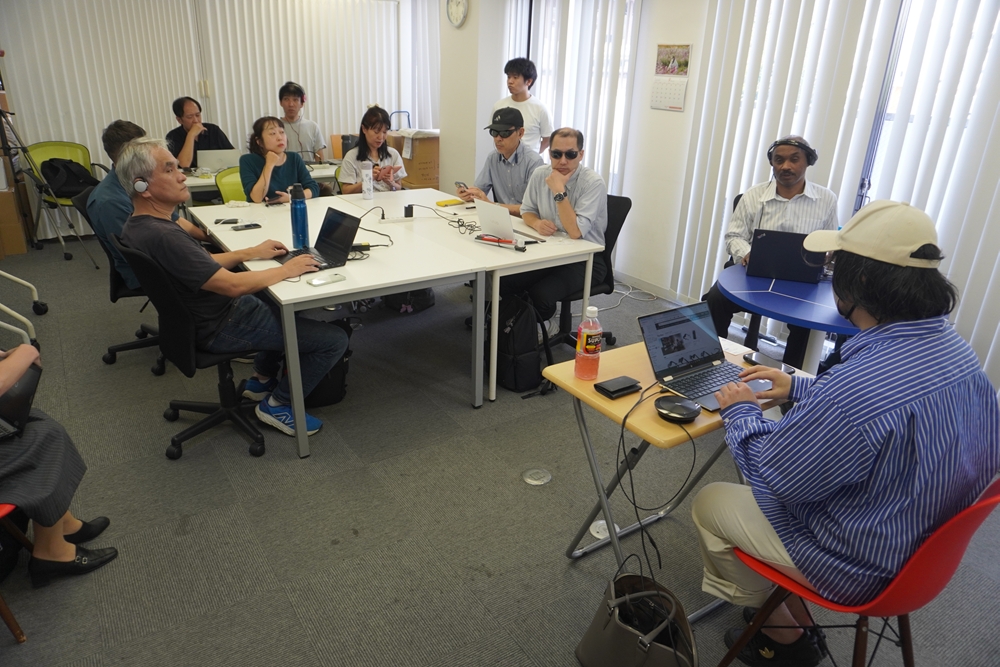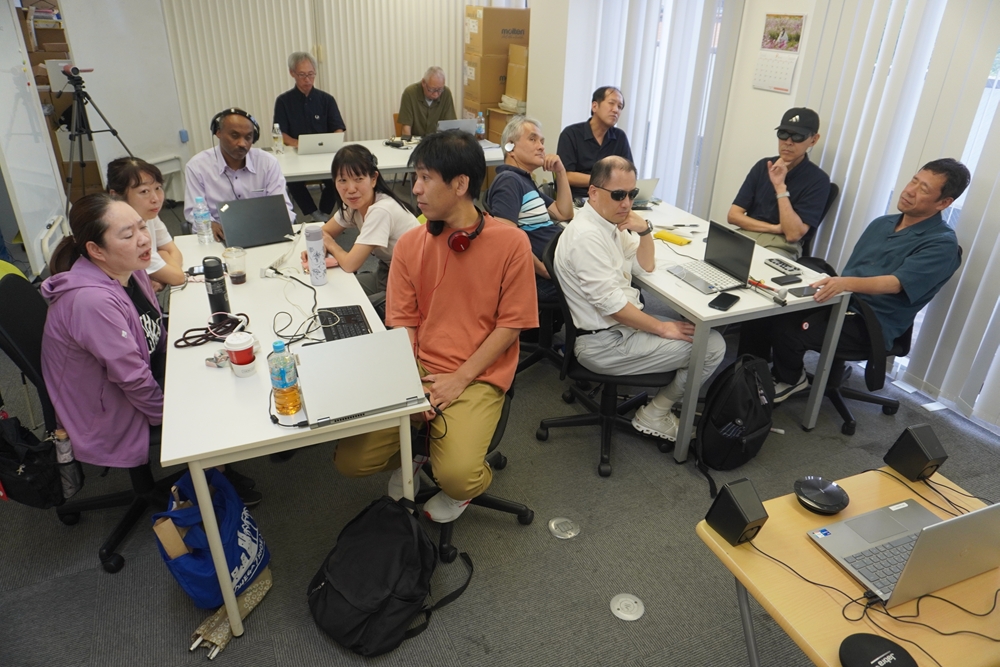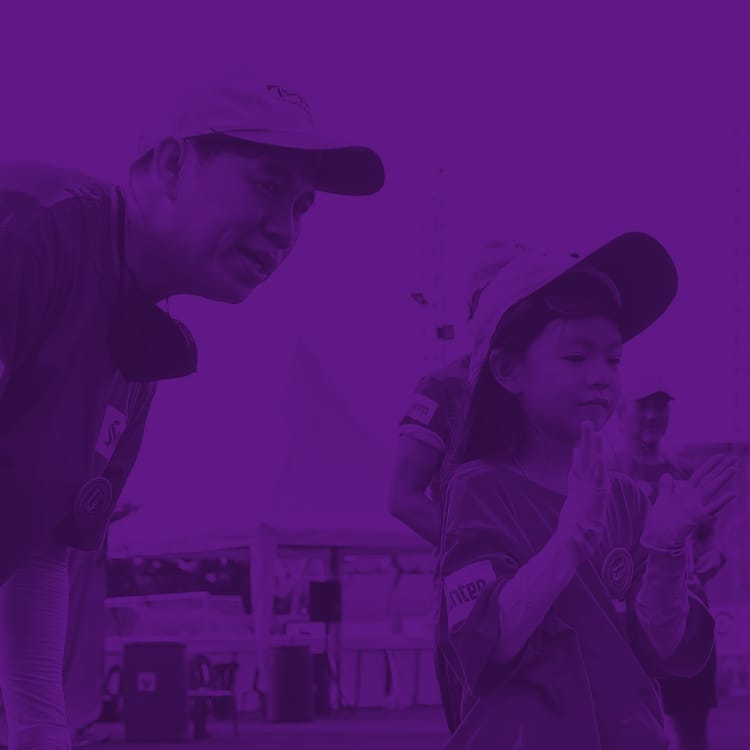
VISI-ONE Innovation Hub held the 3rd session of “Empowering Visually Impaired Workers”, focusing on the theme of “Freedom to Work” for those with visual challenges. The theme was “Eliminate the Hassle! Expanding the freedom to work through AI”. This four-part series, held in September, explored ways to use AI to make daily tasks more efficient.
The workshop was hosted by VISI-ONE Innovation Hub and managed by the IBF Foundation. The lecturer was Mr. Yasukazu Takahashi, Representative Director and CEO of Stay Gold Co., Ltd.
Starting from “How you want to use it” rather than “Learning the tool”
The first session was held online, with participants engaged in group discussions on topics such as “What they want to improve in their own work using AI” and “What they currently cannot do but want to be able to do”. The goal of this workshop was not to start with tool introductions or operation methods, but to begin by considering “What problems they want to solve with AI”.
Workplace challenges were shared, such as “I want to tidy up the format of Excel tables,” “I want AI to organize meeting minutes and extract conclusions,” and “I want to streamline the process of creating a newsletter”. These became the starting point for the next practical steps.
In-Person Trials and Barriers to Access
The second day was held in a hybrid format, with the lecturer online and participants gathered at the venue. A system was put in place where sighted staff provided support nearby, but problems arose this day.
There were successive cases where participants could not input or operate the AI tools (such as ChatGPT) due to incompatibility with the screen readers or browsers they were using. As a result, they did not achieve the practical problem-solving originally planned, and only some participants who could access the AI had a short time to try it.
Nevertheless, sharing the reality of “not being able to access fully AI” was a major learning experience. The importance of access design, even before AI utilization, was impressed upon both participants and organizers.

In-Person Practice and Small Success Stories
The third day was held in a completely in-person format, with the lecturer and participants gathering in one place. Based on the previous session’s challenges, the lecturer, Mr. Takahashi, introduced NotebookLM as a more user-friendly and secure environment.
Requests from participants included “I want to load large amounts of data and find and use the necessary information” and “I want to use it in a closed environment,” and the introduction of NotebookLM addressed these needs. The lecturer also introduced various other tools, such as ChatGPT and Genspark, tailored to different objectives. Although not everyone was able to fully operate the tools, some participants experienced features like Q&A and summarization, giving them a tangible sense of AI’s potential.
Participants felt that they “might be able to incorporate AI into their own work,” marking a session where the workshop moved one step forward from understanding to action.
Homework with a View Towards Practical Application
The final session (Day 4) was held online. Homework was assigned beforehand, such as “Loading a multi-function printer manual into an AI tool and asking it questions” and “Having AI rewrite an explanation for a specific recipient”. The content was designed not just to instruct the AI, but to refine the perspective of who the AI is being used for and what it is being used to do. The lecturer also provided an overall reflection.

Voices from the Participants
“The classroom learning was very insightful, but I feel the practical exercises were not fully functional due to differences in individual proficiency and environment”.
“I felt that online sessions, if only for gaining information, could be replaced by YouTube. For content like PC operation, I think in-person individual support is more effective. I gained the most insights from the two in-person sessions and the ‘after-hours extra practice”.
Priority is Establishing an Environment to Access AI
The 10 participants in this workshop were working professionals ranging from their 30s to 60s. Approximately two-thirds used screen readers, and about one-third operated by screen magnification. The four days provided a real sense of both the difficulty of treating AI as a common tool amidst varying individual PC environments, skills, and job duties, and the potential beyond those challenges.
The challenge is to establish an environment where AI can be accessed before using it. At the same time, a forward-looking attitude – the strong desire to master AI despite these hurdles – was felt from the participants.
Based on the learnings from this workshop, VISI-ONE Innovation Hub will continue to develop programs that enhance the practical knowledge of visually impaired individuals, aiming for a society where they can choose their own way of working.



